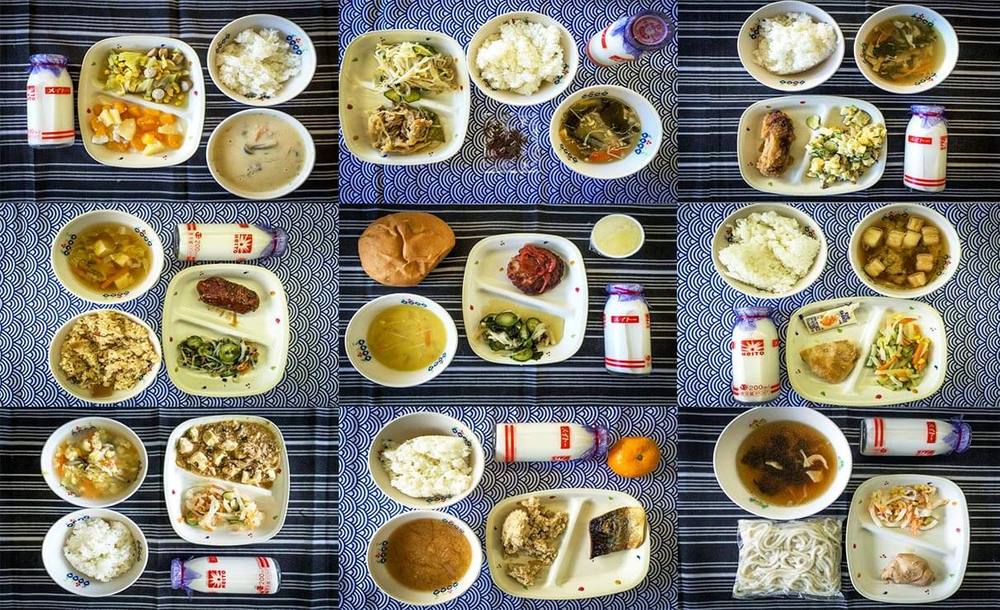School Lunches Around the World
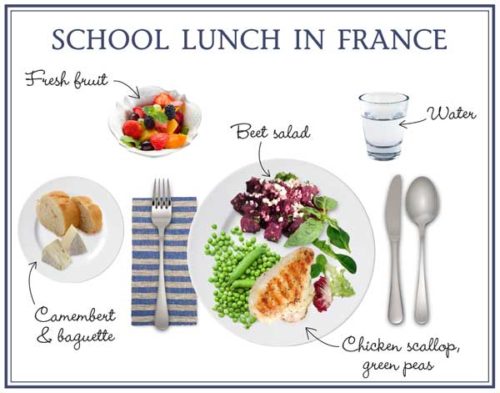
Isn’t it interesting that there’s no such thing as ‘kid food’ in much of the world? And how different countries treat the “public school lunch” is fascinating. The effects of a quality national school lunch program have broad positive implications for overall health and happiness for years to come. Canada could totally learn something from these three countries.
France
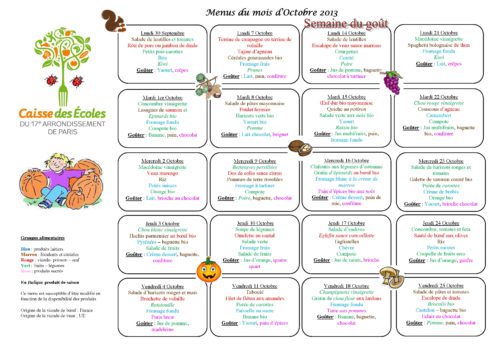
Image via Karen Le Billon. Learn more about school lunches in France at her site
Renowned for their fine cuisine, France’s lunch game is strong. Starting in their preschool program all the way through elementary that ends at age 12, it’s a four course meal that begins with a salad (beet, or grated carrot), followed by a protein served with a side of grains or veggies, a cheese course and finally dessert. Of course there’s fresh baguette served with every meal too. And this is all by design: the French curriculum, where lunch is concerned, includes “developing the palate” as well as developing social skills – table manners, conversational skills – necessary to a successful life.
Japan
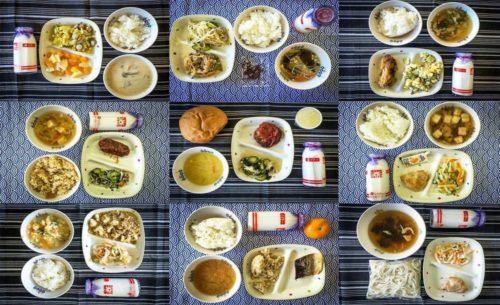
In Japan, early childhood education emphasizes healthy eating and all that goes along with preparing and consuming meals. Students take turns serving up the hot meals to their teachers and peers each week, and in many jurisdictions, there are no janitorial staff to do the day-to-day tidying. Students are responsible for keeping the classroom, and school at large, in order.
Lunches are also not rushed and loud. It’s a sacred time where students are encouraged to take their time savouring their meal. Lunches are served in classrooms – most elementary schools don’t have cafeterias. So it’s a cozier setting already.
Brazil
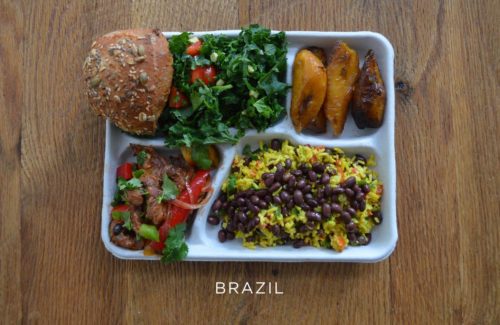
Brazil’s Zero Hunger Program, administered through their public schools feeds over 42 million students every year. Not only has it been instrumental in decreasing malnutrition rates, and working healthy eating into the curriculum, it’s also groundbreaking in the way it supports local farmers. Thirty per cent (30%) of ingredients for school lunches must come from local family farms. Brazil is a growing country, with an emerging economy, but it, above others, has done much better in its bid to eradicate extreme poverty. Their national school lunch program is both reason and example of how. Brazil’s school feeding program is considered one of the best in the world.
With all these international models, it’s a shame we don’t do better at school lunches in our own backyard. Food is political, food is fun, food is how we socialize and celebrate, access to whole foods is necessary for good health. Food literacy is something we should be including in our curriculum. Here’s hoping we move in that direction.

